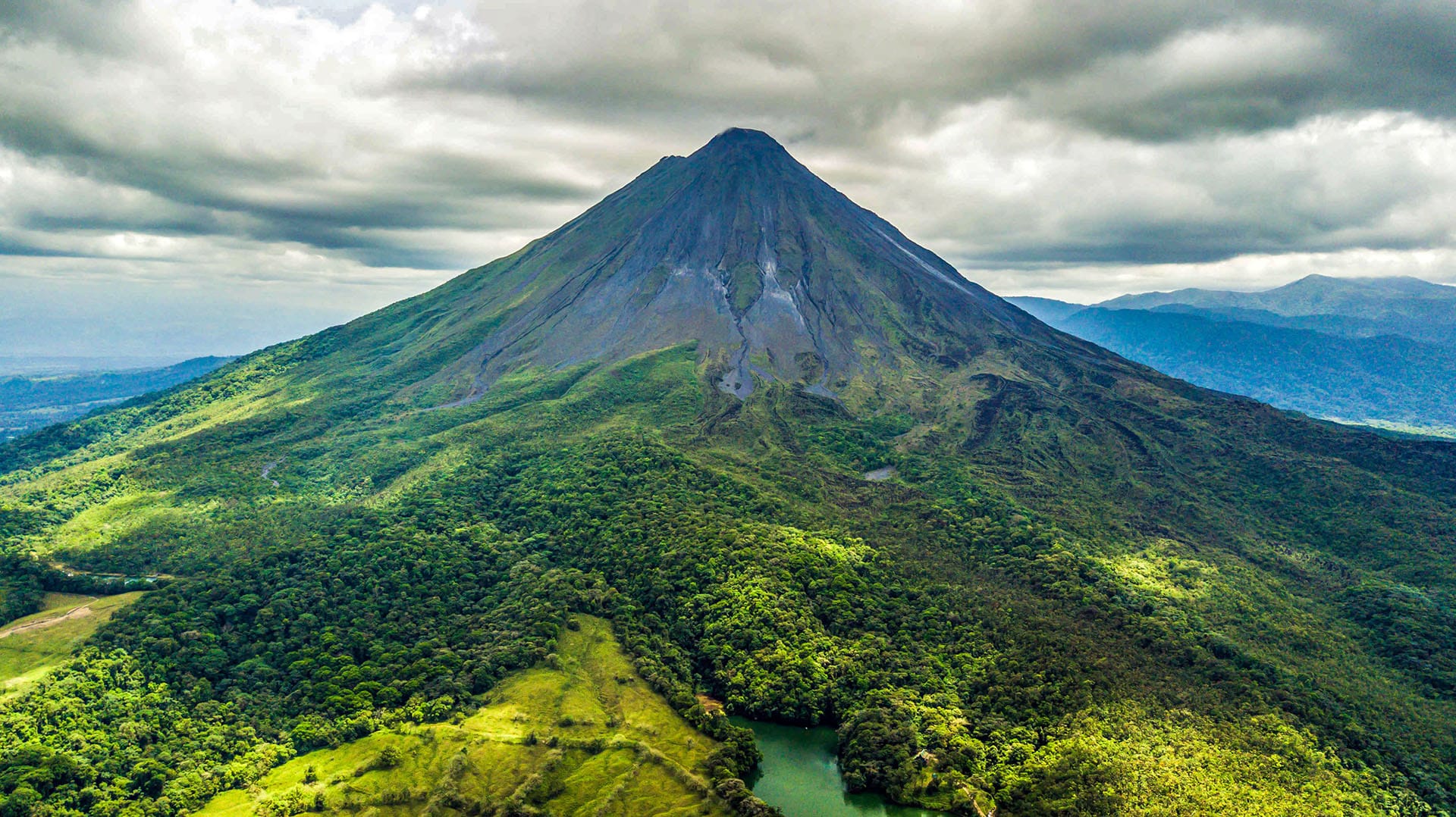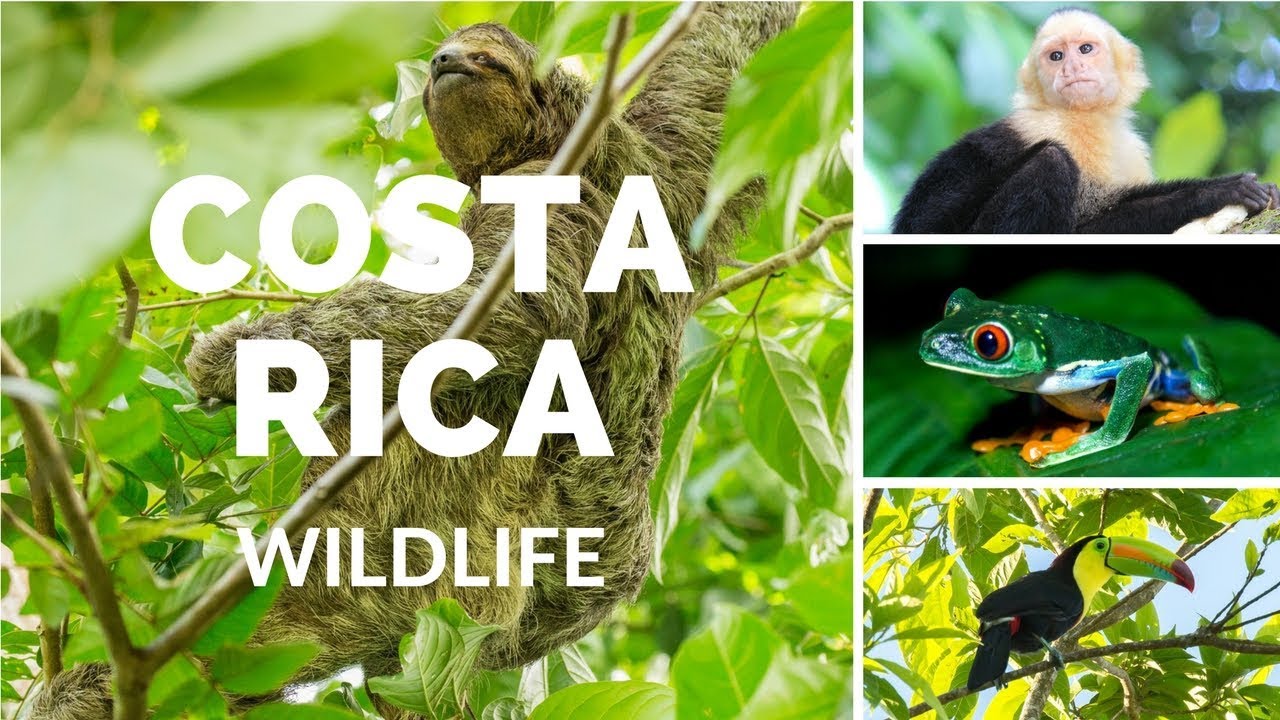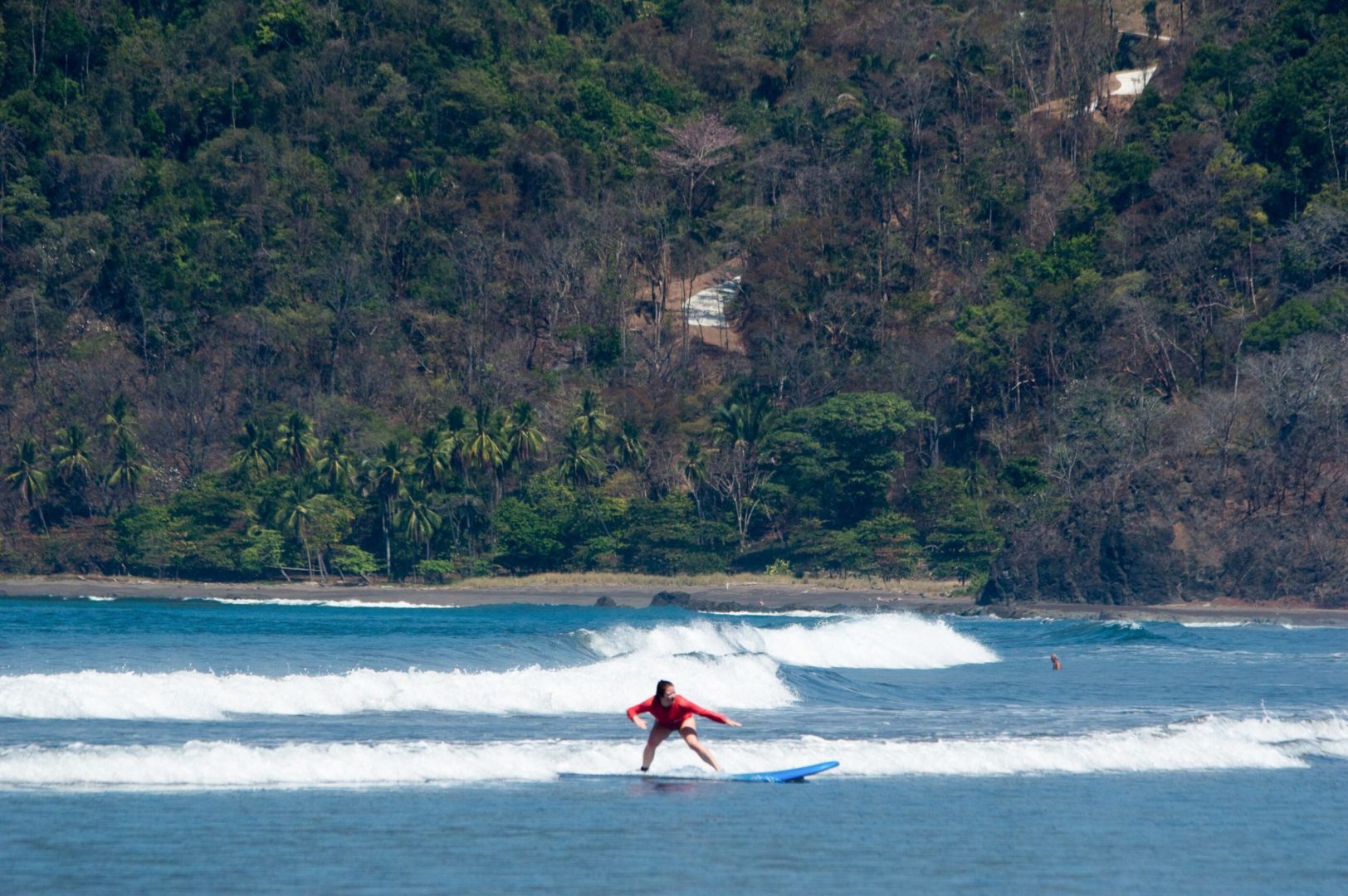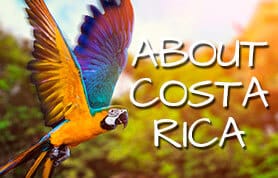In Costa Rica, in addition to finding beautiful beaches and a great variety of flora and fauna, more than 200 volcanic formations are present in its territory, existing thanks to the fact that the country is located above the so-called Pacific Ring of Fire. The spectacular diversity of volcanoes captivates not only the attention of tourists but also of scientists from all parts of the world, which is why they are considered the biggest tourist attraction in Costa Rica.
Volcanoes are a key part of Costa Rica’s natural diversity, they play a very important role in how the lush landscapes of the region have developed, because due to the multiple eruptions of millennia of years the land of Costa Rica is very fertile as well of being rich in many minerals. In addition to their fertility and natural beauty, the volcanoes of Costa Rica are also fabulous recreational parks as they can do many activities such as hiking, camping, horseback riding, kayaking, rowing, among others.
Active volcanoes of Costa Rica
Although the volcanoes in Costa Rica are known as young people since they have formed nin the last two million years, they still have a great number of fantastic characteristics that make each volcano unique. Among the different volcanoes, the best known are the following:
Irazu volcano
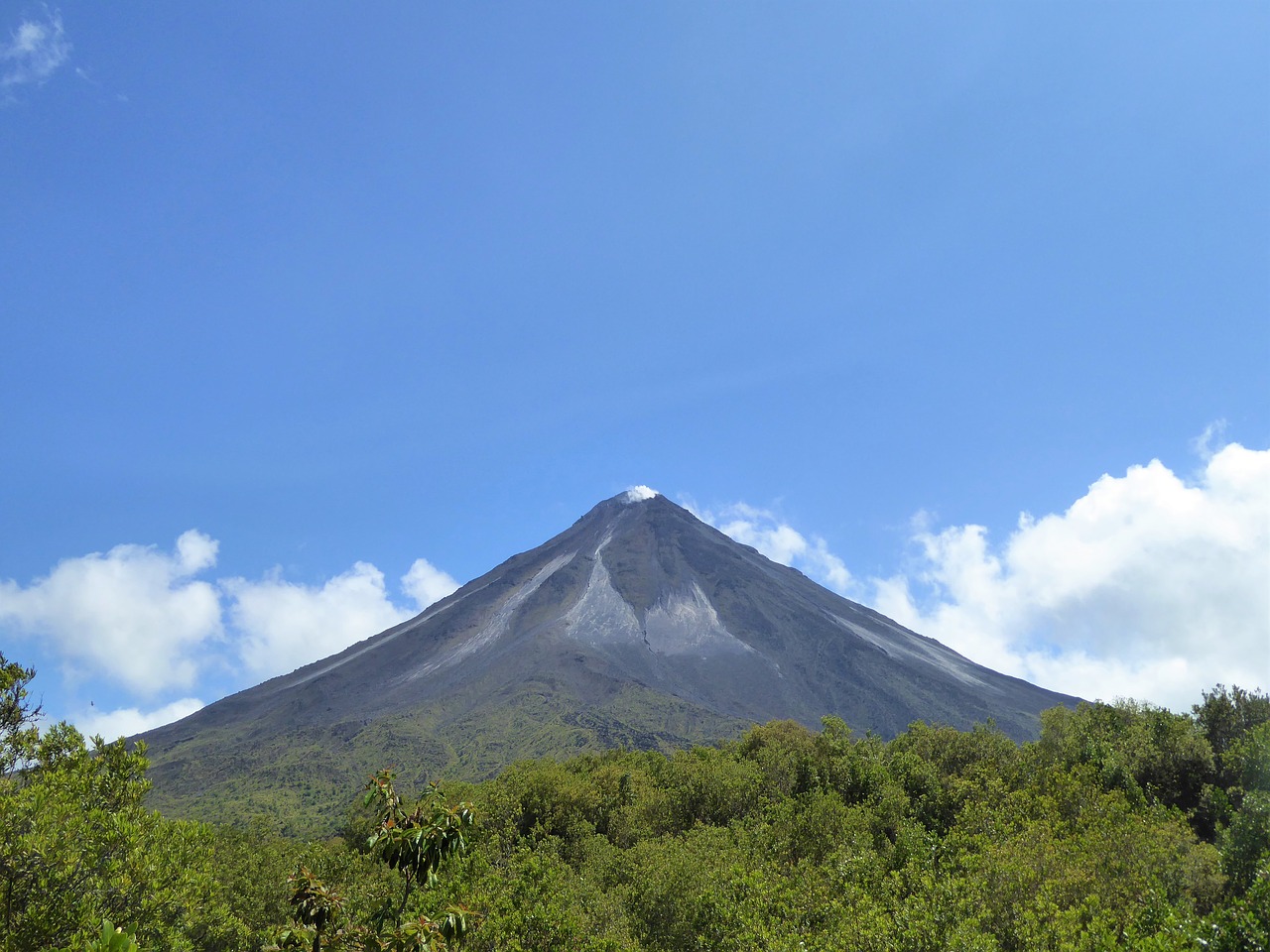
Historically, the most active volcano in Costa Rica, the Irazu, is also the largest neighbor in the city of San José. Located, effectively, 30 kilometers from the center of the capital, this giant rises to 3,432 meters above sea level and, thanks to its height, on a clear day both the Pacific Ocean and the Caribbean Sea are visible from its summit.
The Irazu volcano is also a national park since 1955 and has five craters. Its name comes from the indigenous word “Iztaru”, which means mountain of trembling and fire. Despite being the highest volcano in the country, its summit can be easily reached in a simple vehicle, making this volcano extremely accessible to all types of visitors.
Located in the main crater of Irazu there is a sulphurous lagoon of a beautiful turquoise color, which measures more than a kilometer in diameter and 300 meters deep. The summit is crowned by an interesting wasteland type vegetation.
Arenal Volcano
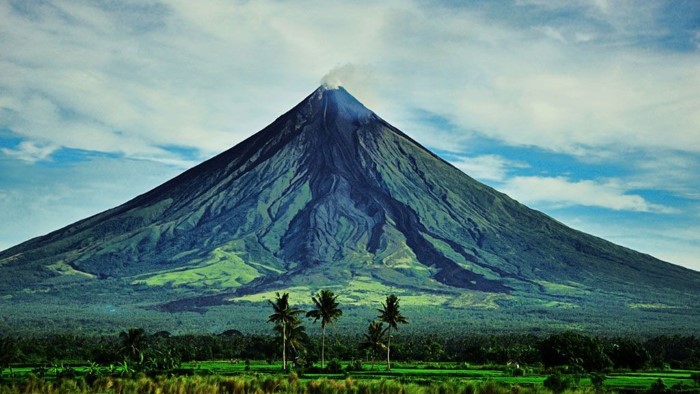
Since 1968, after more than 500 years of inactivity, the Arenal volcano began to expel lava and ashes, it has been considered one of the most active volcanoes in Costa Rica. This majestic 1,600 meter high volcano is located inside the Arenal Volcano National Park, in the northwest of the country. Around it, there is a rainforest of more than 12,000 hectares that has an exceptional wildlife, where exotic animals share space.
To visit the park the most ideal option is to settle in the town of La Fortuna de San Carlos, located three hours by car from the capital, San José, just ten kilometers from the impressive volcano. The almost perfect conical shape of the Arenal is the first stamp that you will appreciate when you wake up from any of the multiple lodgings of this population.
Poas Volcano
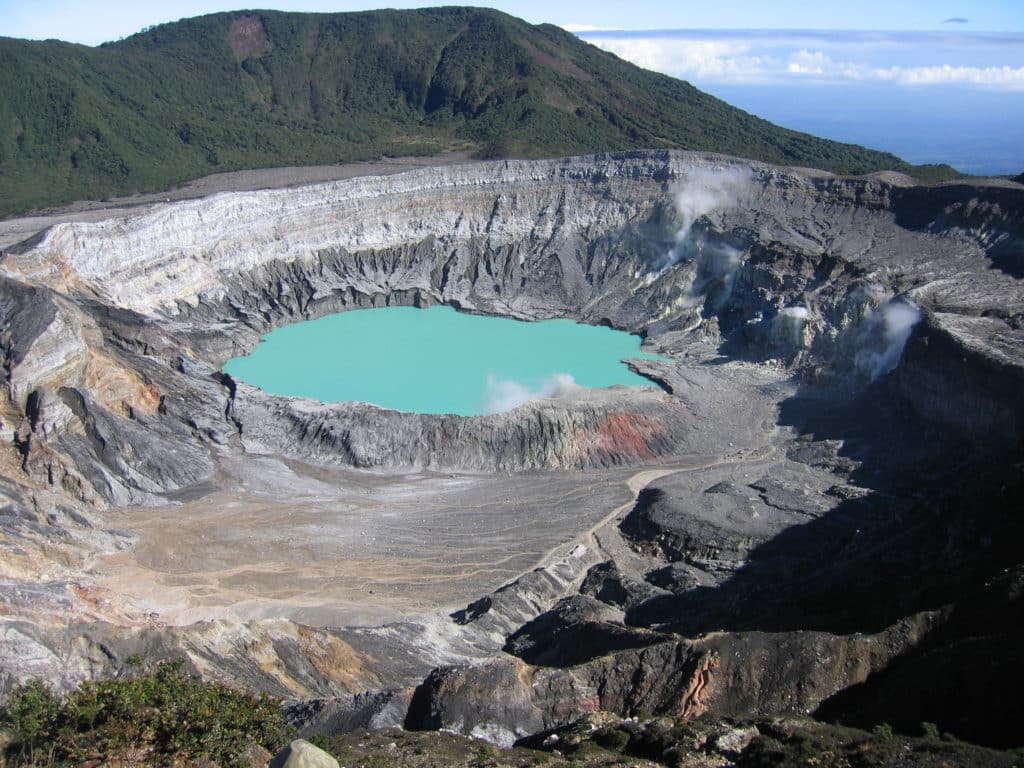
Near the city of Alajuela, 20 kilometers west of San José, stands this active volcano whose last eruption was documented in 1953. At 2,700 meters high, it has three well-differentiated craters. The main one opens on a lunar-looking plain that remains devoid of vegetation because of the constant sulfur emissions it produces. It is considered one of the largest volcanoes in Costa Rica and remains occupied by a lagoon of acidic and boiling waters.
The poor umbrella path, one of the three that the Poas Volcano National Park has, will take you to a spectacular viewpoint from where you can observe this crater. The other two paths will allow you to enter the heart of the cloud forest that occupies the rest of the 5,600 hectares of the park. Walking through them you can enjoy a great variety of bird and plant species.
Turrialba Volcano
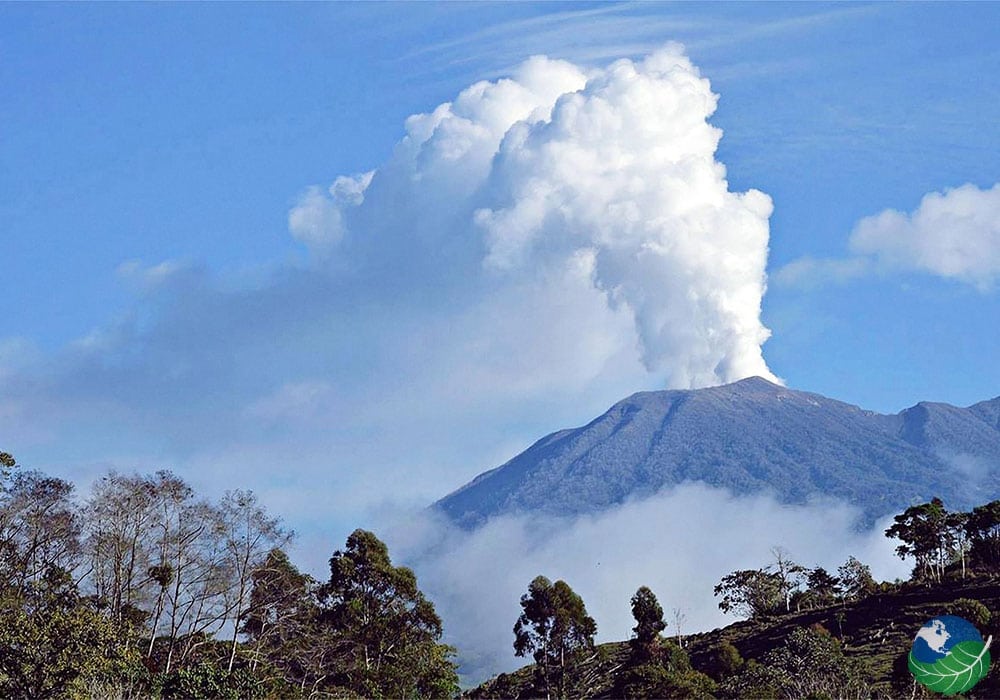
Turrialba volcano does not enjoy much popularity among tourists visiting the volcanoes of Costa Rica. In part, for having to share with his older brother Irazu, with whom he shares a base. On the other hand, for its intense volcanic activity, which has resulted in the prohibition of going there multiple times. The volcano registered one of its biggest eruptions in September 2016, throwing clouds of gas and ash that reached 3,000 meters high.
However, the Turrialba Volcano National Park is a fascinating place of unspoilt nature and incredible views of the Caribbean coast. When you can visit, it is possible to reach the three craters by trails. On the slopes of the volcano, covered with a green tropical forest, you will find many more plant and animal species than in the neighboring Irazu volcano. In addition, in the park there is also the source of the Turrialba river, the most important in the area, and its 100-meter high waterfall.
Rincon de la Vieja Volcano
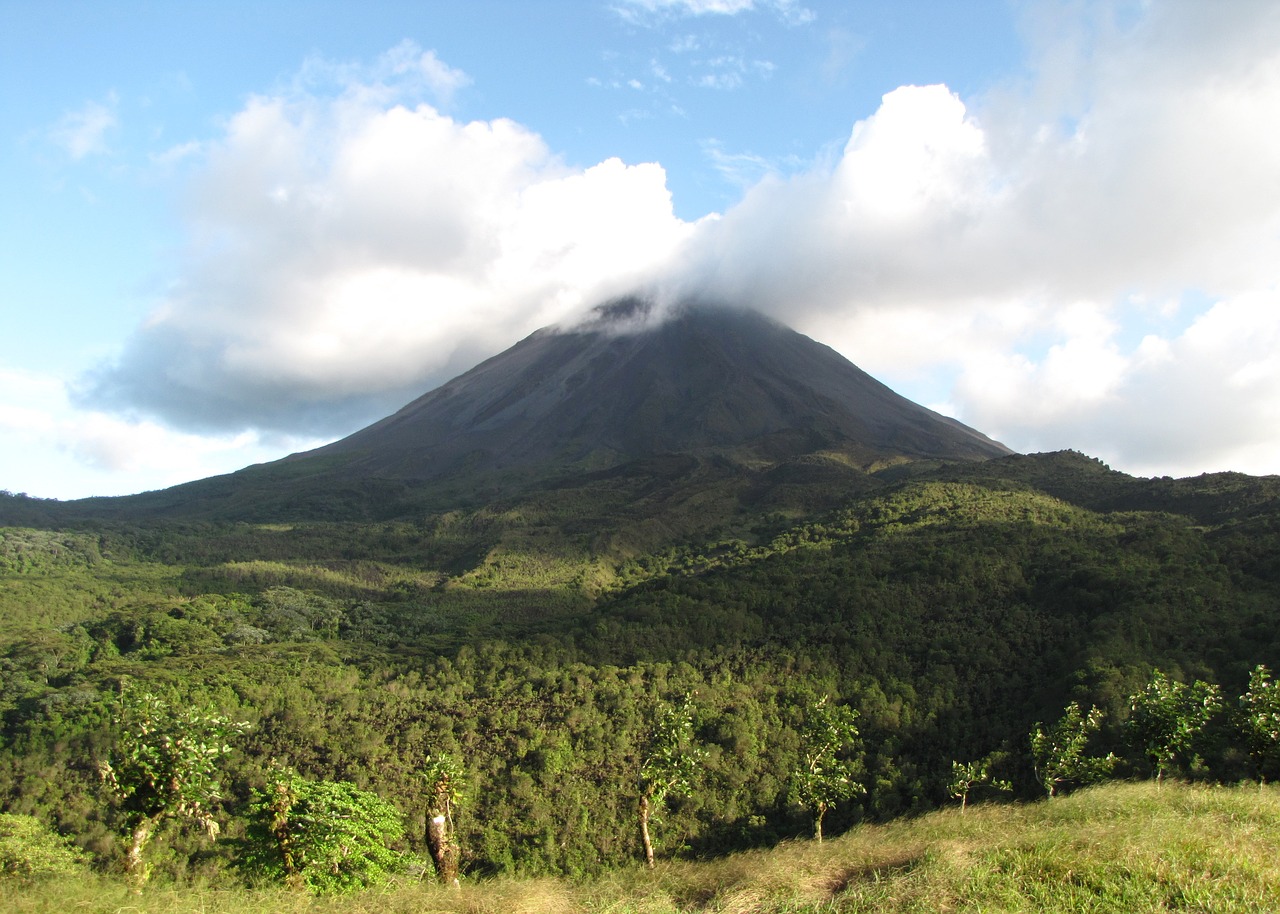
In the province of Guanacaste, 25 kilometers northeast of Liberia, this volcano is surrounded by mysticism and legend. They say that an indigenous princess fell in love with an enemy warrior. The princess father, contrary to the relationship, threw the young man into the crater. To always be close to him, the princess retired to live next to the volcano and learned to heal with the plants of the place, work that also continued during old age. For this reason, the locals began calling the Rincon de la Vieja volcano.
Its main attraction is the mixture of waterfalls, fumaroles, geysers and hot springs that you can find. In the sector located southeast of the volcano you will discover everything. There are two paths to travel this sector, three and five kilometers. The longest, linear, takes you to the Cangreja waterfall. In the shortest you can take a circular walk through the pailas, small lagoons of boiling mud.
If you want to know this country, please contact us here.

